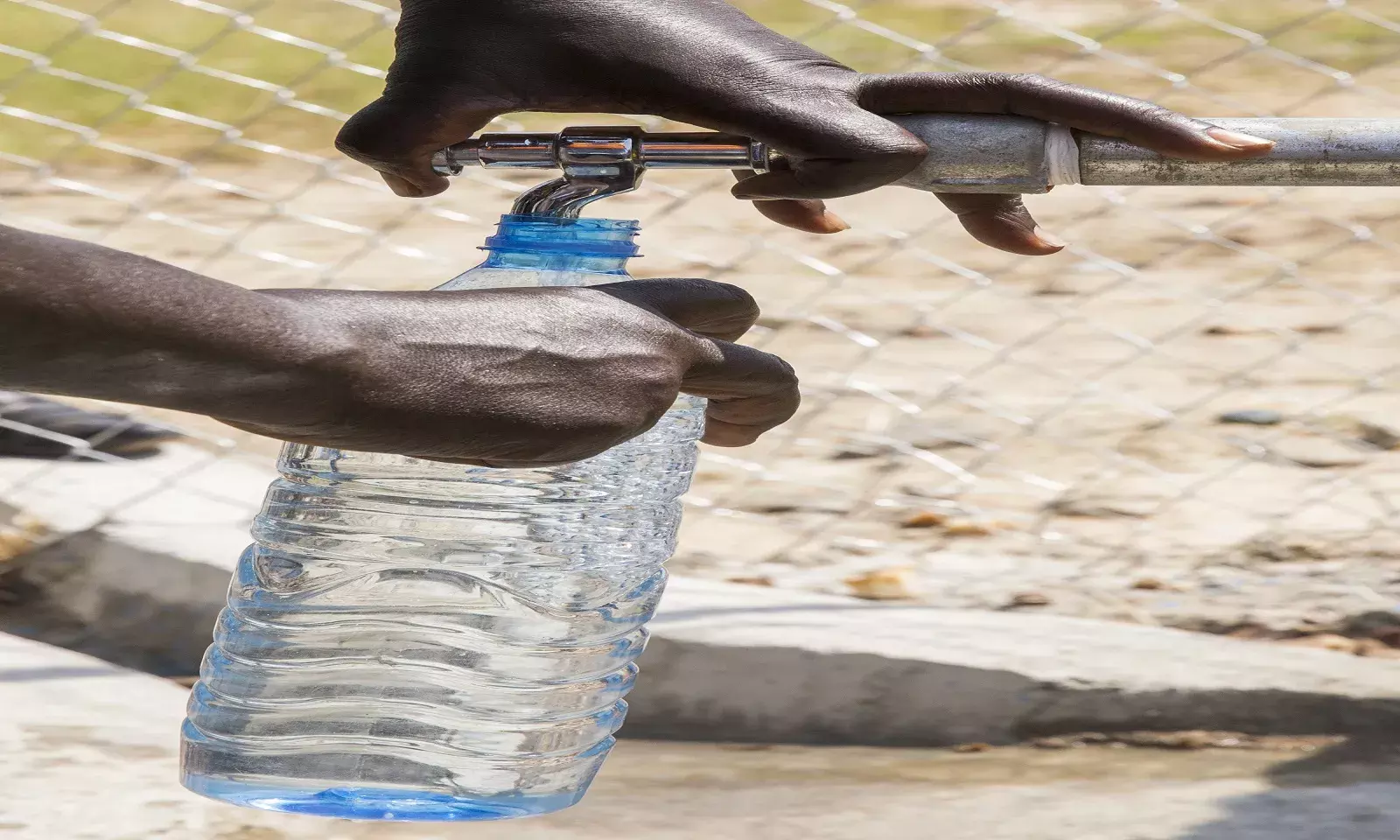Jal Jeevan Mission Has Numbers But Not Sustainable, Say Experts
Govt claims mission provided tap water to 3.77 rural homes, but experts say there is "slippage in implementation"

Representational Image| Flickr Photos
Union Jal Shakti Minister Gajendra Singh Shekhawat recently tweeted that since the launch of Jal Jeevan Mission, more than 3.77 crore households have been provided with tap water connections. But experts told FactChecker that these numbers do not transcend into a sustainable solution on ground.
According to Shekhawat's claim and data available, 7 crore rural households (36.5%) now have access to clean water since at the time of the mission's launch (August 15, 2019), 3.23 crore homes had tap water connections.
"There has been slippage in the implementation of Jal Jeevan Mission in the past at the ground level from total coverage to partial coverage and also the sustainability has not been planned," said Sushmita Sengupta, Program Manager, Rural Water–Waste Programme, Centre for Science and Environment, a New Delhi-based non-profit.
In Goa and Telangana, all households have been provided tap water supply with numbers being at 2.63 lakh and 54.06 lakh respectively. However, there are also states like Assam and Ladakh which have only 7.58% and 7.59% households receiving tap water supply.
"The government needs to take cognizance of the local diversity and go beyond the minimalist visualization of pipelines and tap connections. Any centrally conceptualized plan and programme needs to go beyond a one-size-fits-all approach and should remain flexible to modifications incorporating regional diversity," read an analysis by the Observer Research Foundation.
Also, Sengupta raised concerns regarding ground water recharge. "If groundwater is what is used extensively for the project then there has to be some system to recharge the groundwater to ensure availability of water over the years. There have been failures in the past in the implementation of the Mission and that should be taken care of in the upcoming years," she added.


